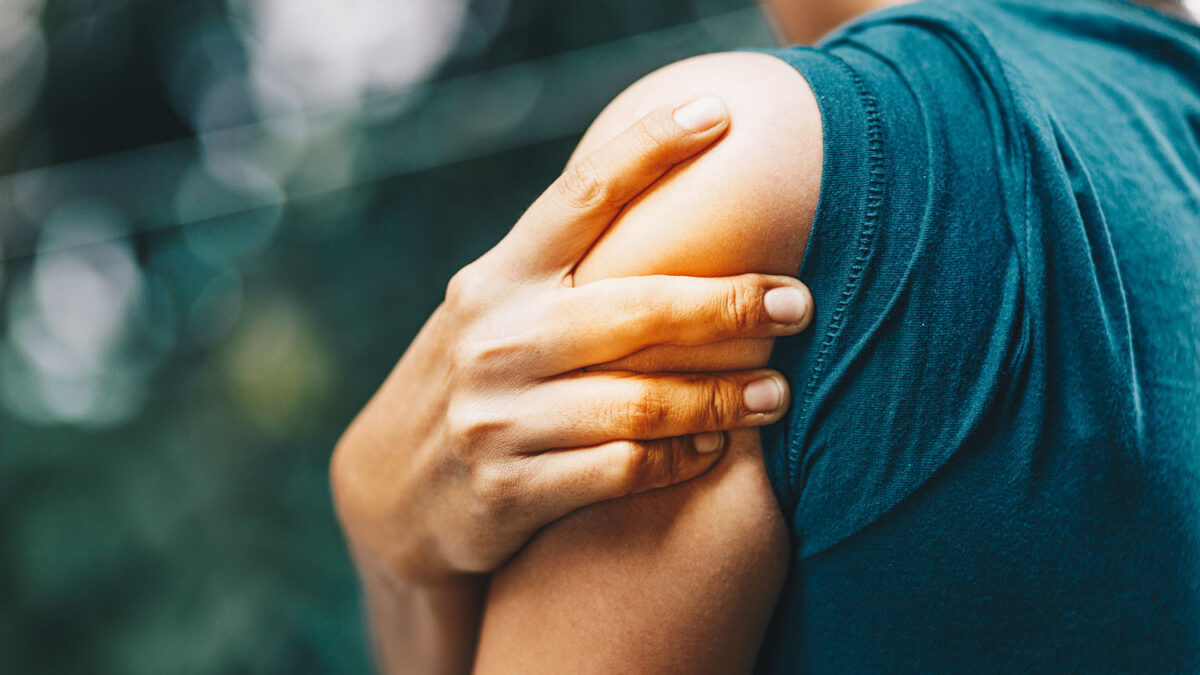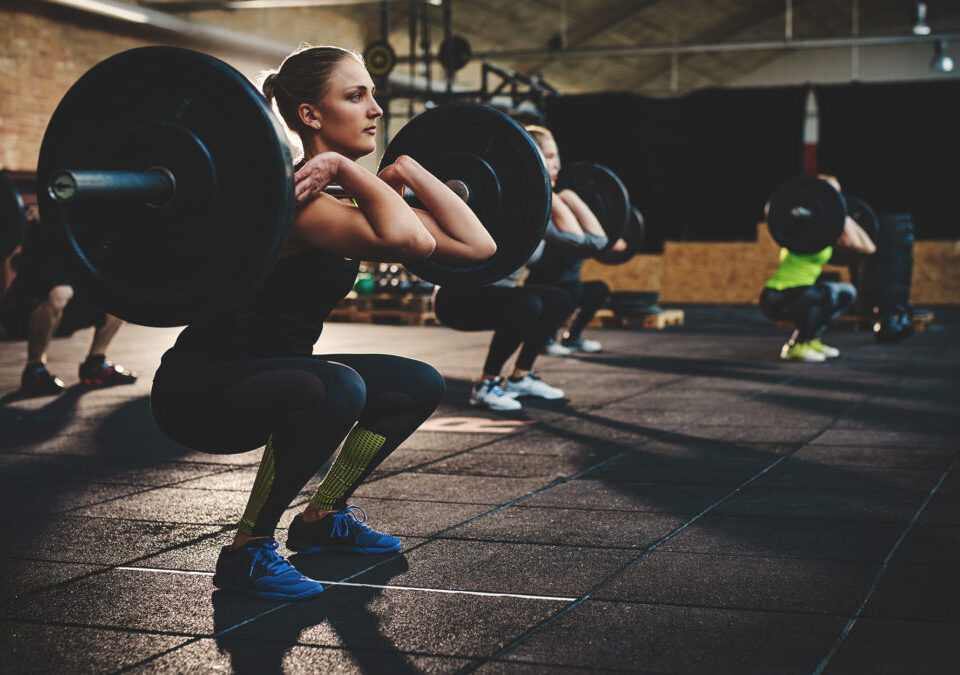
The Sweet Truth: Understanding Sugar Consumption and Its Impact on Health
March 4, 2024
Why Youth Athletes Should Prioritize Strength Training
April 15, 2024Understanding and Managing Delayed Onset Muscle Soreness
If you've ever embarked on a new fitness routine or pushed yourself harder in your workouts, you're probably familiar with that feeling of stiffness that sets in a day or two after exercise. This sensation, known as Delayed Onset Muscle Soreness, is a common occurrence among athletes and fitness enthusiasts alike. While it can be uncomfortable, understanding why it happens and how to manage it effectively can make all the difference in your training journey.
What is Delayed Onset Muscle Soreness?
Often abbreviated as DOMS, refers to the muscular discomfort and stiffness that typically arises 24 to 72 hours after engaging in intense or unfamiliar physical activity. It's important to distinguish DOMS from acute muscle soreness, which occurs during or immediately after exercise.
Why does DOMS occur?
DOMS is thought to be caused by microscopic damage to muscle fibers and the surrounding connective tissues. When we engage in activities that our muscles aren't accustomed to, or when we push ourselves harder than usual, this damage occurs. The body responds to this damage by triggering an inflammatory response, which leads to the sensation of soreness and stiffness. But do not be alarmed, this is a totally normal response and a sign that you are getting fitter, stronger, and healthier.
Why is DOMS normal?
While DOMS can be uncomfortable, it's actually a natural part of the muscle repair process. When our muscles experience this minor damage, they adapt and become stronger over time. In fact, experiencing DOMS occasionally is an indication you're effectively challenging yourself by making your muscles repair themselves in a stronger state than they were before you trained.
5 Tips for Reducing DOMS
Fortunately, there are several strategies you can employ to reduce the severity and duration of DOMS, allowing you to recover more quickly and get back to your workouts feeling fresh. Here are five of the most effective methods:
- Active Recovery: Probably the last thing you feel like doing when you experience DOMS is moving your sore muscles. However, active recovery where you perform gentle, restorative movements can be one of the most effective tools you can use to dramatically decrease the amount of muscle soreness you experience. Engaging in light, low-impact exercise such as walking, swimming, or cycling can help increase blood flow to the muscles, promoting faster recovery without causing further damage.
- Post-Workout Protein Intake: Consuming a protein-rich snack or shake within 30 minutes to an hour after your workout provides your muscles with the amino acids they need to repair and rebuild damaged tissue. Aim for 20-30g of protein.
- Staying Hydrated: Proper hydration is essential for overall muscle function and recovery. A lack of electrolytes contributes to muscle soreness so you need to make sure you are staying hydrated throughout your workout. Your muscles are working harder and so they demand more oxygen and therefore need more blood pumping around – around 82% of your blood volume actually consists of water, so hydration is much more important and effective than simply quenching your thirst!
- Sleep: Quality sleep is crucial for muscle repair and growth. Muscle-building chemicals such as Human Growth Hormone (HGH) are naturally produced by your body in the deep stages of sleep. Aim for a minimum of 7 hours of uninterrupted sleep to really help your body to recover from exercising.
- Increased Circulation: Techniques such as foam rolling, massage, or thermotherapy, such as using a sauna, can help improve circulation, reduce muscle tension, and alleviate DOMS symptoms.
While Delayed Onset Muscle Soreness may be an unavoidable part of the fitness journey, it doesn't have to derail your progress. By understanding why DOMS occurs and implementing effective recovery strategies like active recovery, post-workout protein intake, hydration, sleep, and increased circulation, you can minimize discomfort and get back to doing what you love sooner. Remember to listen to your body, give yourself adequate rest, and gradually progress your workouts to prevent excessive soreness in the future. With patience and consistency, you'll be able to achieve your fitness goals while keeping DOMS at bay.
Garrett Withiam, ATC
Assistant Director of Health & Fitness
Personal Training Manager




